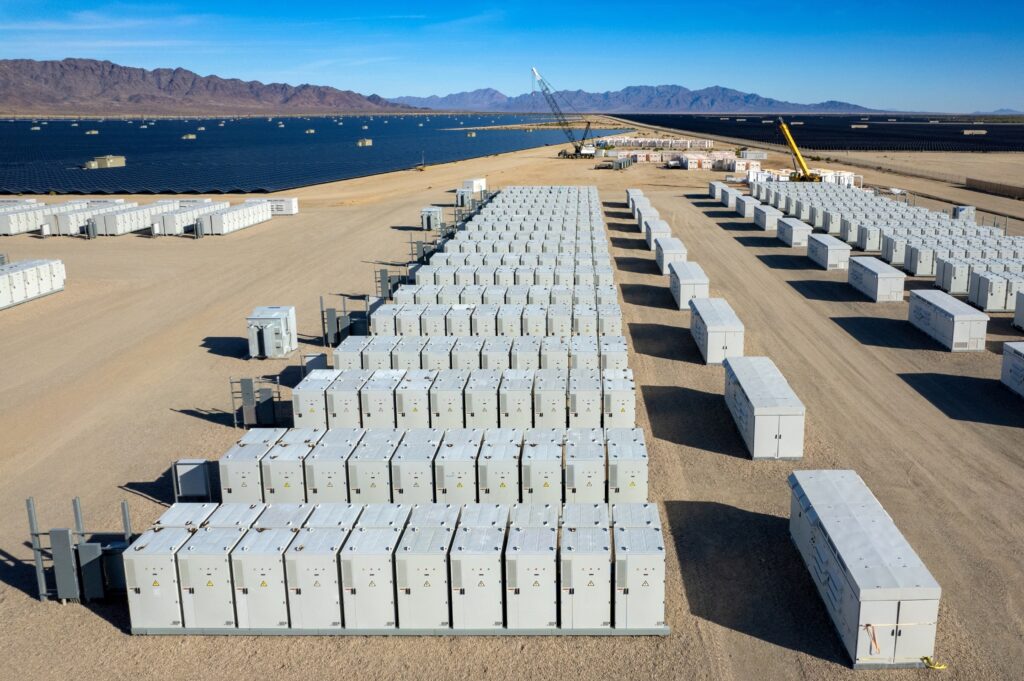Use electrons. Not too many. All clean.
August 31, 2018 – (LinkedIn) – I attended the Electrification 2018 EPRI conference last week in Long Beach. I came away inspired to further invest in ‘electrifying everything’ to reduce carbon emissions and enhance performance and employment. But I was also schooled by utility experts on the challenges to the grid, such as increasing peak loads, if we don’t electrify intelligently and efficiently.
Falling solar costs have resulted nearly 10 gigawatts (GW) of solar capacity being added per year in the US, while global solar installations should exceed 100 GW in 2018, with China ahead of the US in deployments. California is continuing to lead for the US, having just passed SB100 with a target of 100% clean electricity by 2045. Solar, wind, efficiency and energy storage will continue to cut costs globally, helping to transition utility electric grids away from coal and gas towards a cleaner generation mix.

While we have played a role in cleaning up grid power through our solar investments, SJF has not yet had much impact in the larger sectors of our economy using fossil fuels directly, particularly transportation, except for our investment in TransLoc to foster more effective public transit.
While the EPRI conference had sessions on multiple industrial sectors, the track on electric vehicles (EVs) was always standing room only. OEMs like BMW, Ford, GM and Honda presented, as did utilities like Duke, PG&E, SoCal Edison and the Salt River Project. It was clear that auto makers, utilities, regulators and entrepreneurs all believe that electric vehicles are the biggest trend in electrification, with the key question being ‘how fast’ will widespread adoption occur and ‘when and how’ will they be charged?
Some states, like California, with high gas prices, incentives and zero emissions vehicles (ZEV) requirements have higher EV penetration rates than others. But even Midwest utilities were urging the OEMs to get more EV models in their showrooms. Most utility attendees had already realized that EVs present a new chance to delight their customers while also adding revenue and margin. However, this can only occur IF the right smart charging infrastructure and incentives are put in place.
Investors see the opportunity to build out smart charging infrastructure. Chargepoint had a big presence at the conference as a market leader. But many other charging players are scaling with unique approaches, including Greenlots, EV Connect, SemaConnect, EVgo and Volta, each with models. Added to this mix is the ‘Electrify America’ network being built out and funded by $2 billion from the VW diesel settlement.
Tesla was an often uncited backdrop for the discussion. In the next few years, there will be multiple auto OEMs with a suite of models, often more affordable than Teslas. GM has pledged to roll out 20 new all-electric models by 2023; Ford plans to deliver 16 models by 2022. However, one key advantage Tesla will maintain for some years is its Supercharger network, which is now up to 626 stations in North America, with 17 added each month. Some Chevy Bolt owners at the EPRI event had wanted to drive to Long Beach from Phoenix or other Southwest cities, but were stymied by the lack of DC fast chargers.
On average, Americans drive 29 miles per day, thus a daily charge at a home or workplace with a level 2 charger generally proves sufficient. However, American consumers want the flexibility of being able to take their cars on road trips. This is the Achilles heel of the OEMs other than Tesla for their BEV models until a thorough DC fast charging network is built out. I expect that aside from Tesla, auto OEMs will scale the sales of PHEV as versus BEV models in the near term, and still provide compelling savings to consumers for their regular commutes. (As of July 2018, Chevy Volt sales are still ahead of Bolt sales, as an example.)
Electrification is also coming fast to the trucking sector… first to short haul delivery trucks from companies including Chanje, Workhorse, Orange EV, Lightning, XL, Thor, Hyliion, Nikola and others. And Tesla’s Semi announcement for long hauls is challenging mainstream diesel manufacturers to try to puzzle out their electric strategy or response. We are also seeing innovative start-ups tackle reducing diesel use for idling for HVAC for cabs, refrigeration, and other power take off (PTO) uses.
Buses and school buses will not be left behind, with Proterra, BYD, New Flyer, Blue Bird, and Lion Electric winning municipal and school contracts. The fit of buses with electrification is excellent, with regular routes, frequent stops that could be used for charging, quiet engines and clean operations in dense cities. The New York MTA spoke though to the challenges of fitting in charging stations in tight urban centers like Manhattan where they are tucking mid-route DC fast charging stations where they can, such as at the Williamsburg Bridge Plaza.
Vehicle to Grid (V2G) was also discussed, and school buses may be the first fleet with the best fit given their availability for grid services (frequency regulation, demand response, peak shaving) for most of the day. However, smart V1G, or vehicle to grid charging, is likely the first frontier for enabling smart charging so that EVs help to ‘fill the valleys’ for the grid instead of ‘raising the peaks.’
Shown below is my Tesla charging at home starting at midnight, off-peak in NC, while my solar array is generating power mid-day. Of course, if I were in California with workplace charging, I may want to support the grid, and save money, by charging during the midday solar peak.
Utilities and electric vehicle manufacturers are trying to understand how the grid can support a 100X scale up in EVs. The mismatch between global OEMs and regional utilities, along with limited data exchange or protocols, is making it difficult. One approach enabled by FleetCarma is to deploy tracking devices across all models of EVs in a utility service territory and provide incentives for charging at times and locations that support the grid. The Salt River Project published a quite helpful study with EPRI, enabled by FleetCarma, of the charging behavior of 100 EV owners (mostly Leafs, Volts, and Teslas) over an 18-month period that is helping to inform utilities on incentives, rate structures, and infrastructure build out for higher EV penetration. (FleetCarma was recently sold to Geotab, a large commercial fleet telematics company.)
SJF has been investing in clean energy and efficiency for two decades. We have helped drive down the cost of utility scale solar through NEXTracker, Community Energy and groSolar. We have helped improve efficiency in buildings, devices, the grid and transit through ENTOUCH, Ayla Networks, Versify, and TransLoc. And recently with Voltaiq, we are helping provide battery intelligence software for safer, cheaper, and more effective energy storage grid, in vehicles and in devices. We have written before about NEXTracker’s role in driving down the cost of utility scale power; the role of energy storage in enabling a cleaner, more resilient grid; and most recently on how Voltaiq is providing better data analytics to scale battery deployment. Now we are the hunt for the next, great electrification and clean energy entrepreneurs.
Just as Voltaiq was incubated out of the Urban Future Lab(UFL) in NYC, so too are hundreds of new ventures through a global network of clean energy incubator and accelerator firms, the New Energy Nexus which also met in Long Beach. They are now up to 79 incubators and accelerators from 29 different countries around the world, including US leaders like UFL, Greentown, Powerhouse, Elemental, Joules, Mass CEC, Clean Energy Trust, and the Los Angeles Cleantech Incubator (LACI). A tour of LACI wrapped up the EPRI conference, in a quite inspiring facility hosted by LADWP packed with creative entrepreneurs.
While getting there will require innovation, investment and thoughtful regulation, the ‘future state’ of an electrified world is exciting: A resilient, distributed grid powered by solar, wind and hydro and efficiently managed with digital technologies. Transportation powered by clean electricity, providing quiet, fast, responsive, and sometimes autonomous mobility. Robust employment in building, installing, maintaining and operating these clean technologies. We look forward to helping to speed that electric journey forward!
Dave Kirkpatrick is a Managing Director at SJF Ventures.
Author’s note: Thanks to Patrick Starr and Emma Sissman at SJF Ventures for help on this piece. Also, credit to Michael Pollan for his quote ‘Eat food. Not too much. Mostly plants’ and to Bryan Birsic of Wunder who tweeted a similar version for energy.



